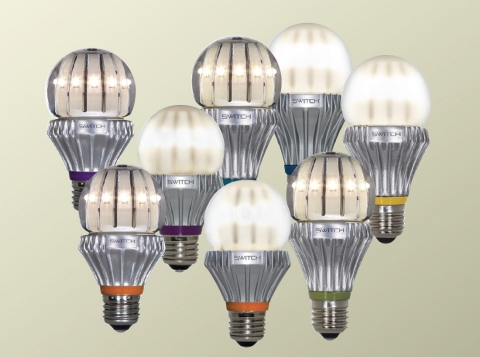Soraa Urge EPA To Address Light Quality In New Specifications
The world leader in LED lamps built from pure gallium nitride substrates (GaN on GaN), Soraa has urged the US Environmental Protection Agency’s (EPA) ENERGY STAR program to specifically address light quality and colour rendering in its upcoming new lamp specification. Soraa aren’t the first to jump on the bandwagon supporting higher … [continued]


